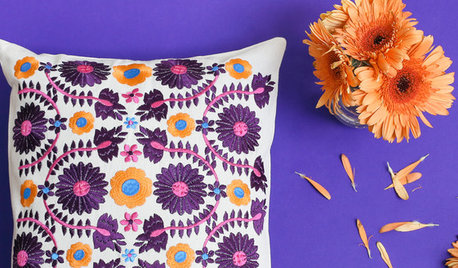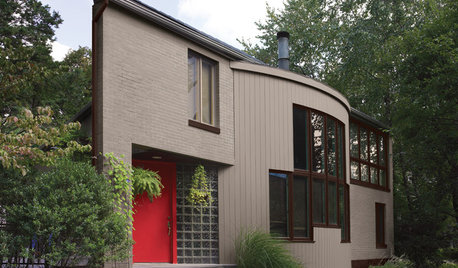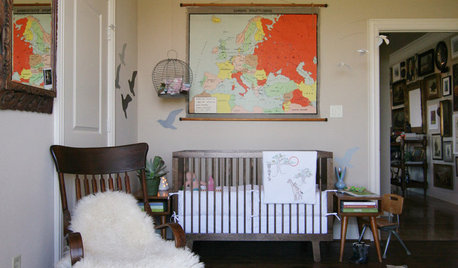Rhodendron Leaf Bottom has Brown/Orange Power
jwykoff
15 years ago
Related Stories

KITCHEN DESIGN9 Kitchen Color Ideas With Staying Power
Stick to these classic color combinations for a kitchen that will never go out of style
Full Story
SHOP HOUZZHouzz Products: Flower Power for Your Home
Make your home bloomin’ beautiful with floral-inspired accessories, wallpapers, fabrics and furnishings
Full Story
ORANGETreat Your Rooms to Pumpkin Pie Orange
Stir some pumpkin colors into your interiors for design deliciousness that lasts well beyond Thanksgiving
Full Story
GREENColor Combinations: Brown and Green
Take Your Cue from Nature for the Most Classic Color Combination of All
Full Story
COLORHow to Use Marsala, Pantone’s 2015 Color of the Year
Pantone digs deep and goes earthy with its selection. Here are ways to make it work in your home
Full Story
EXTERIOR COLORExterior Color of the Week: Tasteful Taupe
When you want to skip the peachy beiges and ubiquitous creams, consider this rich cool brown neutral instead
Full Story
ORANGE7 Spicy Hot Color Palettes to Fire Up a Living Room
Hues on the fiery end of the spectrum can add spark and intensity to living room walls, furniture and accent pieces
Full Story
FUN HOUZZHouzz Quiz: What Color Should Your Front Door Be?
Think you’re hip enough for orange? Or optimistic enough for yellow? Take our front-door personality quiz and find out
Full Story
FALL GARDENING11 Trees for Brilliant Fall Color
Give your landscape the quintessential look of autumn with the red, orange and yellow leaves of these standouts
Full Story
DECORATING GUIDES10 Popular Home Design Trends — Timely or Timeless?
Weigh in on whether these of-the-moment decorating elements will have staying power or become a memory of these times
Full Story





morz8 - Washington Coast
jean001
Related Professionals
Oatfield Landscape Architects & Landscape Designers · Tempe Landscape Contractors · Arlington Landscape Contractors · Coeur d'Alene Landscape Contractors · Downey Landscape Contractors · Fair Oaks Landscape Contractors · Fuquay-Varina Landscape Contractors · Hicksville Landscape Contractors · Holtsville Landscape Contractors · Mahwah Landscape Contractors · Newberg Landscape Contractors · North Haven Landscape Contractors · Selden Landscape Contractors · St. Louis Landscape Contractors · Waltham Landscape Contractorsrhodyman
spanky_md
jean001
morz8 - Washington Coast